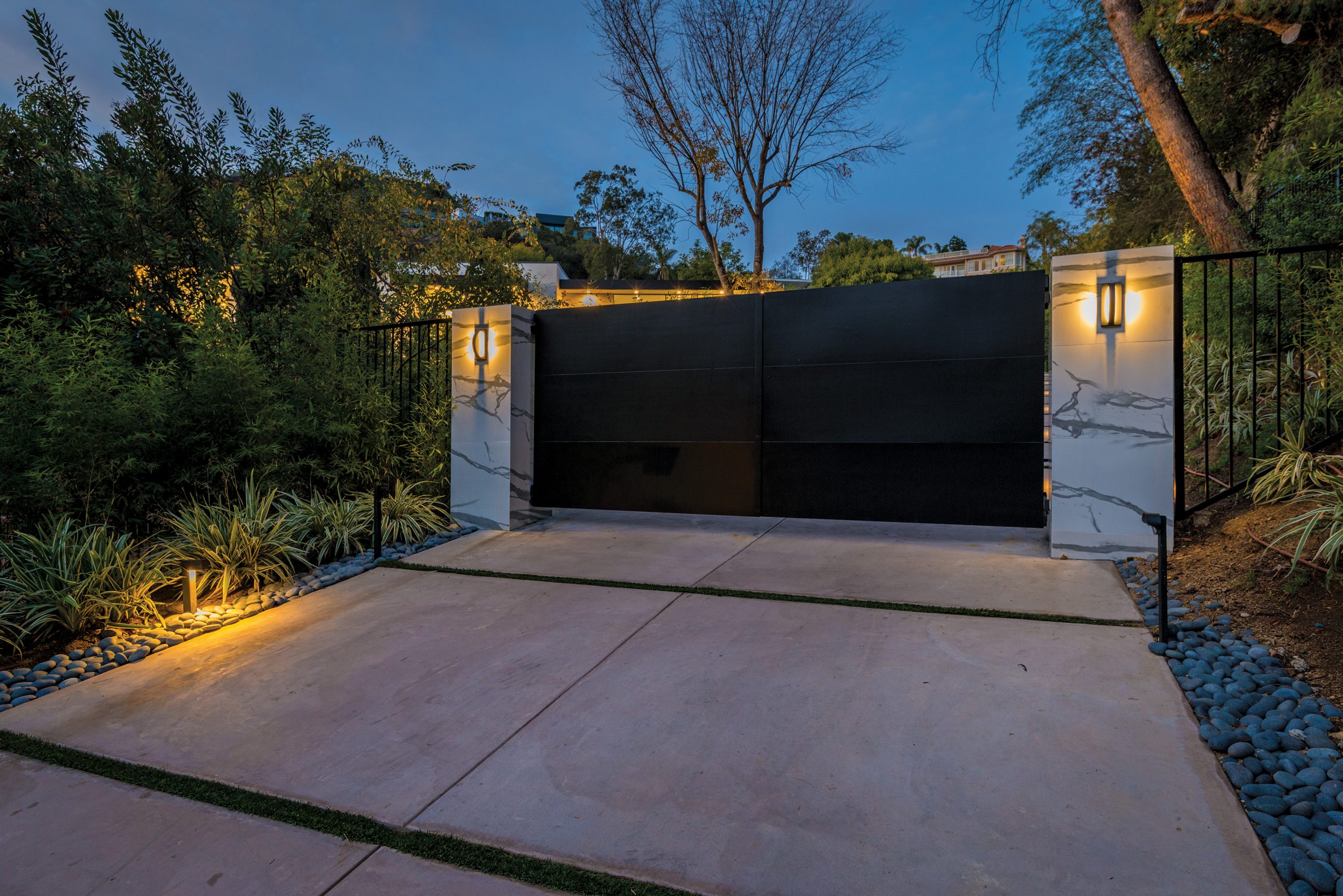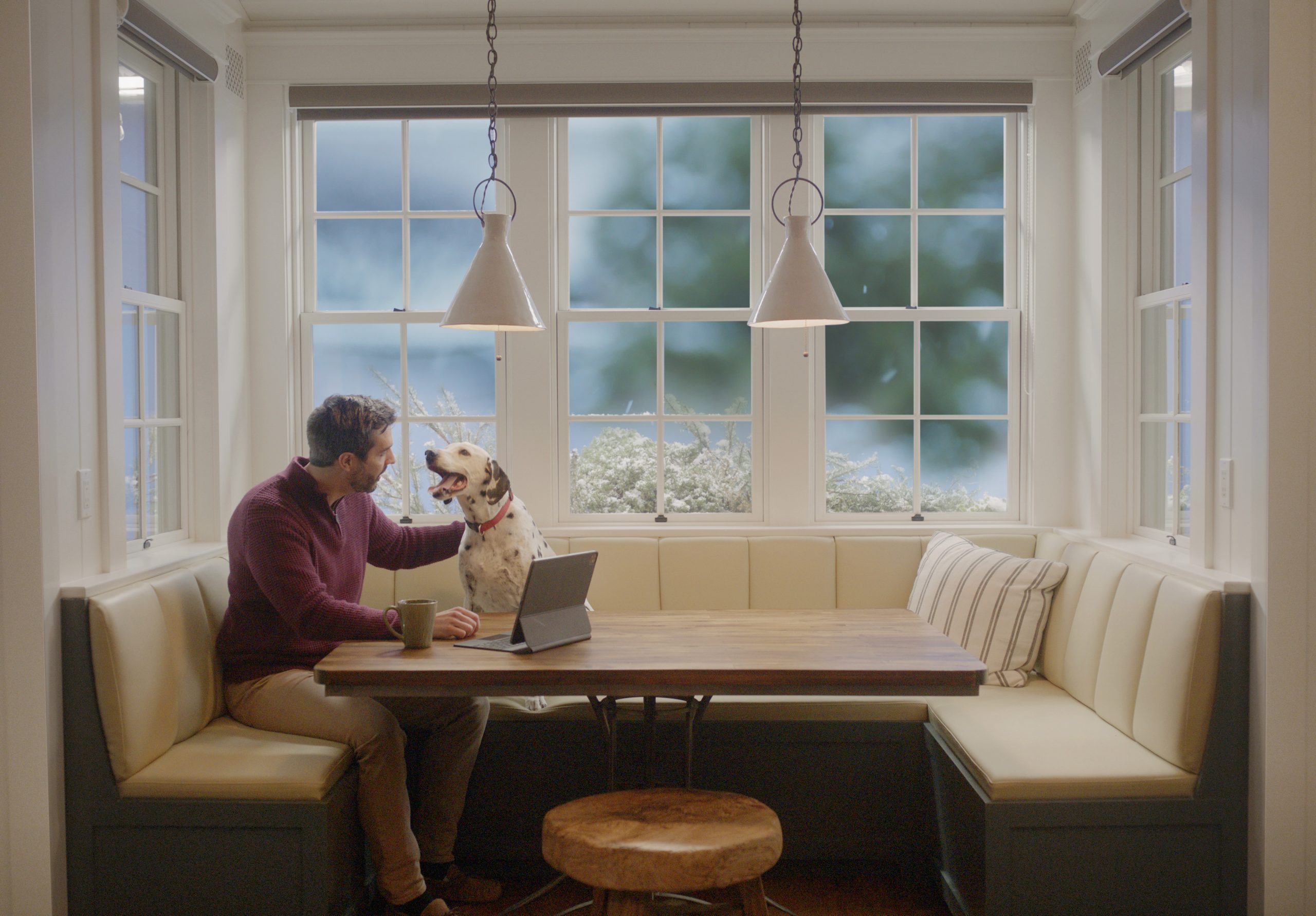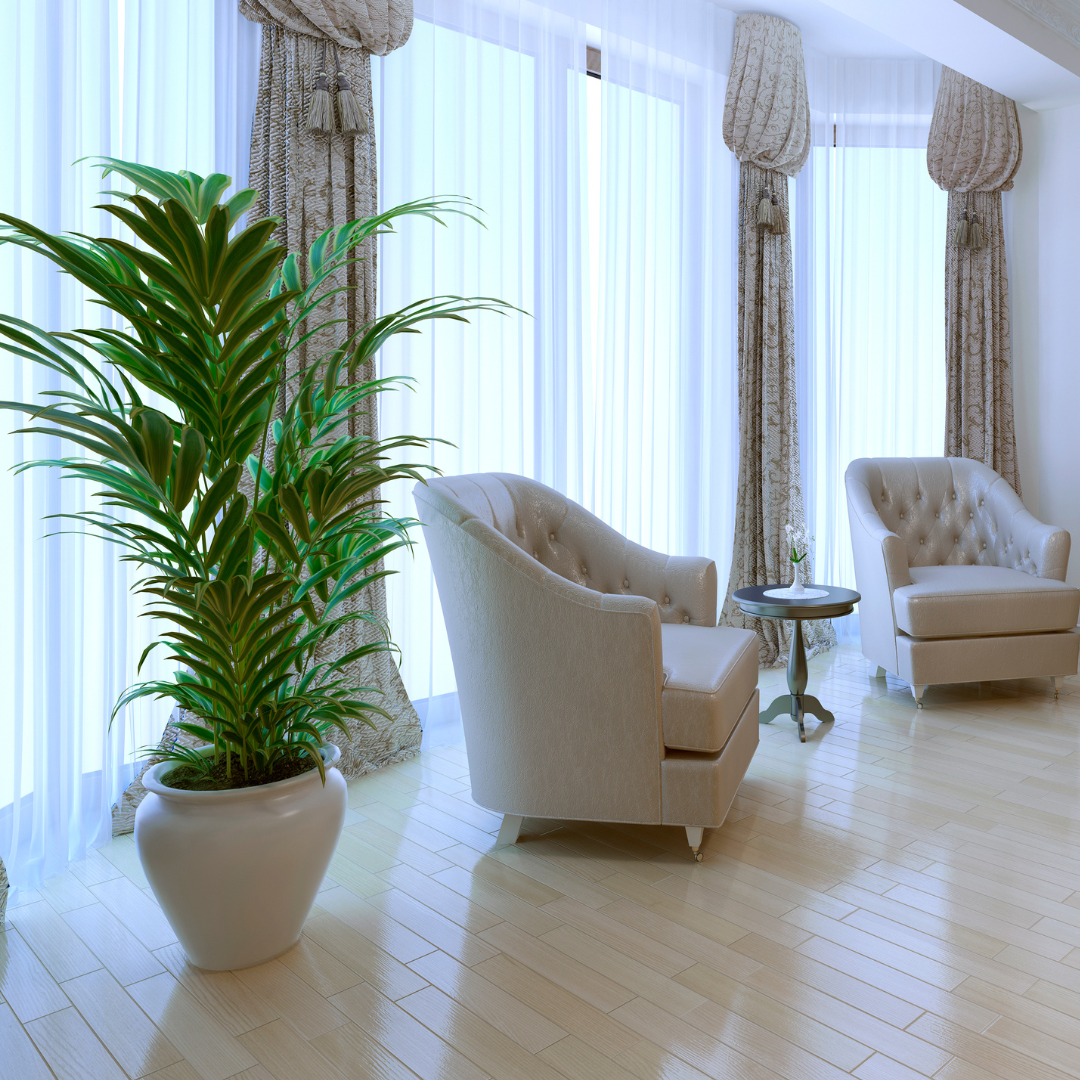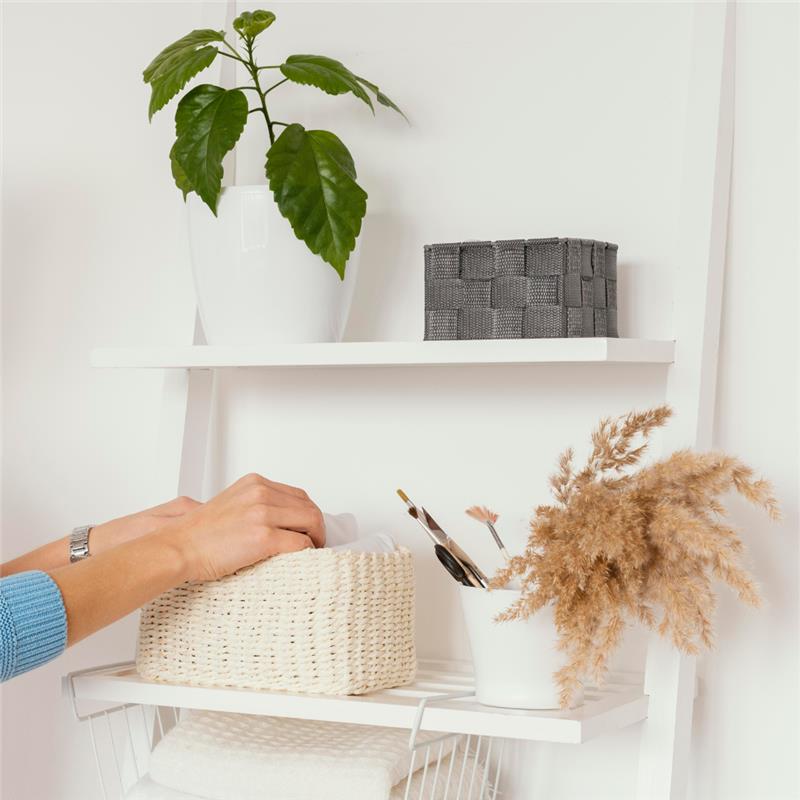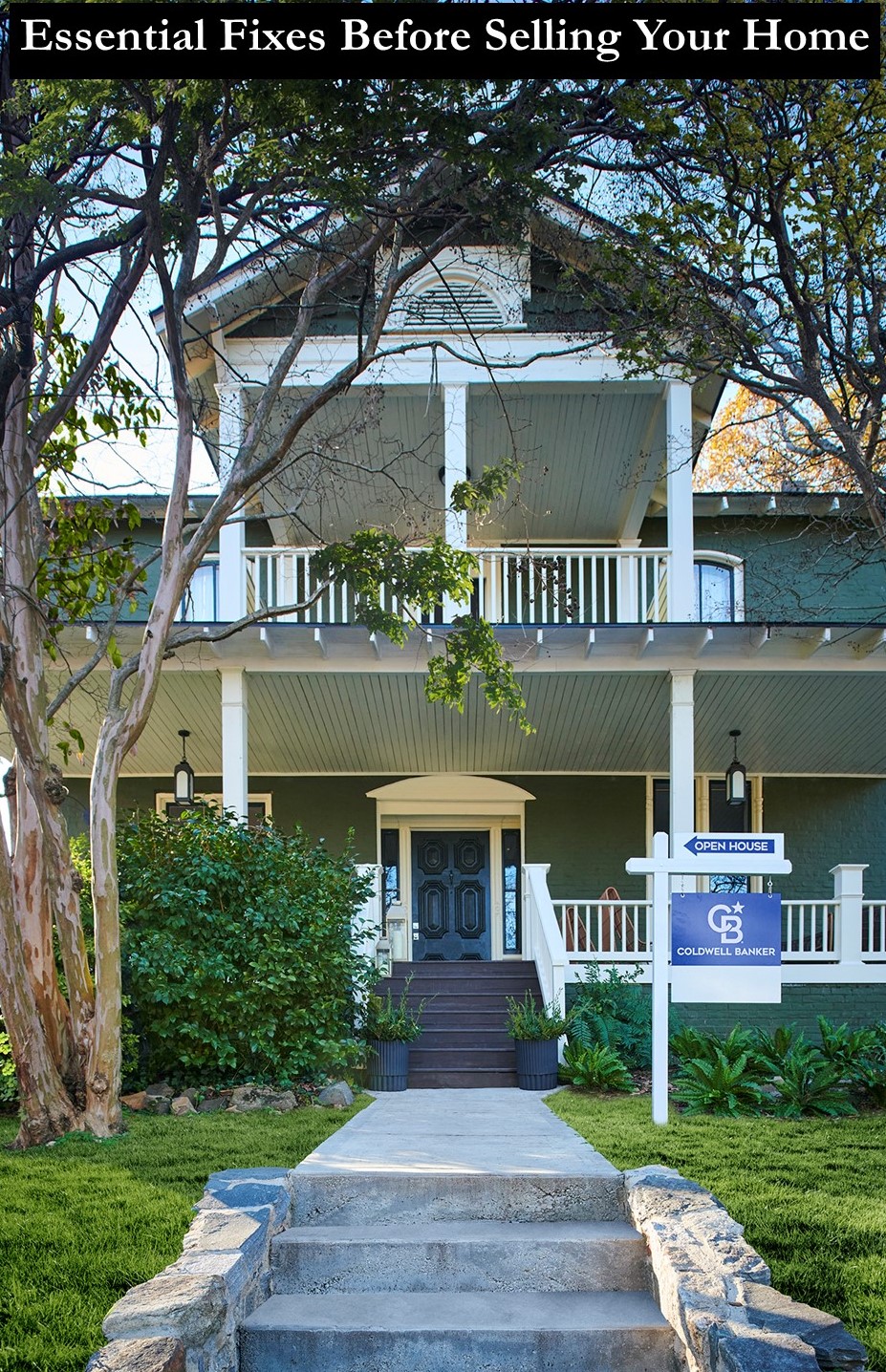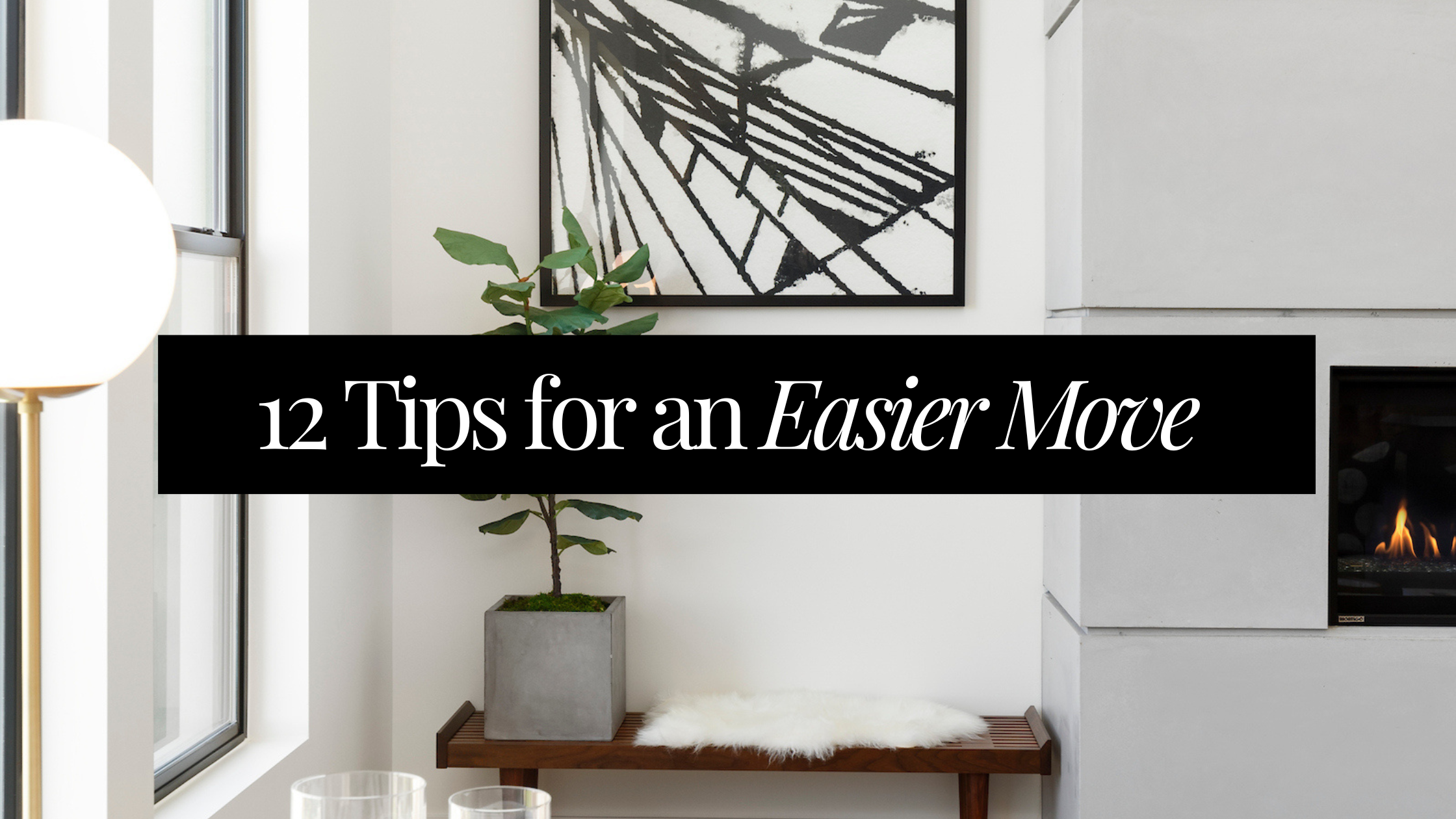Why Wealthy Individuals Prioritize Privacy and Security in Their Homes
For many affluent individuals, owning a luxurious home isn’t just about space and amenities—it’s about ensuring that their lifestyle remains protected and private. Privacy and security are high on the list of must-haves when searching for a home, and there are several key reasons why these factors are so essential.
- Protection of Personal Safety
Wealth often comes with increased visibility and, unfortunately, risks. High-net-worth individuals may be more susceptible to theft, trespassing, or even kidnapping attempts, making security measures essential. Homes with advanced security systems, gated entrances, and surveillance technology help mitigate these risks, providing peace of mind.
- Preservation of Personal Privacy
Celebrities, executives, and entrepreneurs often value their privacy more than the general population. Their homes serve as sanctuaries from the public eye and the demands of their professional lives. For these individuals, being able to retreat into a space where they are not subject to prying eyes or media attention is priceless. Properties in secluded or gated communities provide the physical barriers that keep curious onlookers and paparazzi at bay.
- Exclusivity and Prestige
Privacy and security are often synonymous with exclusivity in the luxury real estate market. Homes in private, gated communities or remote locations not only offer peace but also signal prestige. These properties are typically larger, surrounded by natural landscapes or elaborate walls and gates, making them more difficult for the general public to access. This reinforces the sense of exclusivity that many wealthy individuals seek in their homes.
- High-Value Asset Protection
Wealthy homeowners often possess valuable assets, such as fine art, jewelry, and luxury cars, all of which require extra layers of protection. In-home security systems with biometric locks, private safes, and even panic rooms are not uncommon in luxury residences. In the event of an emergency, these systems ensure that the homeowner’s investments, both tangible and intangible, remain secure.
- Family Safety and Peace of Mind
For those with families, the safety of children and loved ones is paramount. A private, secure home minimizes the risk of outsiders gaining access to the property. Many wealthy families opt for homes with extensive security protocols, including 24/7 monitoring and guards, which not only protect their physical safety but also provide emotional comfort, knowing their family is in a safe environment.
- Control Over Personal Space
Privacy isn’t just about keeping people out—it’s also about controlling how much access others have to your personal life. High-net-worth individuals often seek homes that allow them to entertain or conduct business on their terms. Properties with private entrances, separate guest houses, or expansive grounds enable homeowners to welcome visitors or host events without sacrificing their personal space.
- Investment in Long-Term Value
Finally, privacy and security contribute to a home’s long-term value. Luxury buyers recognize that homes with these features tend to hold or even appreciate in value over time. In an increasingly uncertain world, the demand for secure, private properties is only likely to grow, making them a sound investment for the future.
In today’s world, where information is readily accessible, privacy and security are not just luxuries but necessities for the wealthy. These features offer more than protection—they provide peace of mind, a safeguard for families, and a way to control access to one’s personal life. For affluent buyers, homes with high-end security and privacy are investments in both their safety and their lifestyle.
Written with the assistance of ChatGPT!

 Facebook
Facebook
 X
X
 Pinterest
Pinterest
 Copy Link
Copy Link
